![]()
![]()
![]()
Use LEFT and RIGHT arrow keys to navigate between flashcards;
Use UP and DOWN arrow keys to flip the card;
H to show hint;
A reads text to speech;
48 Cards in this Set
- Front
- Back
|
Keyboard: An input device that allows you to operate a computer. |

|
|
|
Monitor: A display screen used to provide visual output from a computer. |
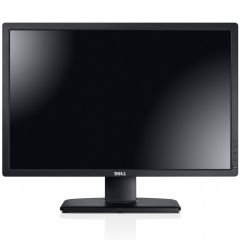
|
|
|
CPU: Central Processing Unit: the “brain” of the computer. |
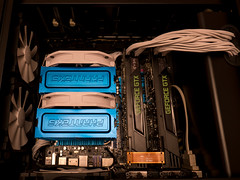
This is the CPU |
|
|
Mouse: An input device that can move the on-screen cursor to different items on the screen and select them. |
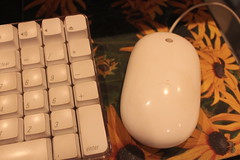
|
|
|
Printer:An output device that can produce a paper copy of what is on the computer screen. |
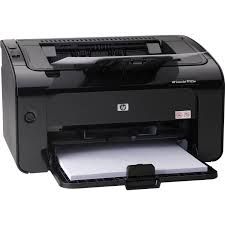
|
|
|
Scanner: An input device that can take a paper and create a digital copy. |
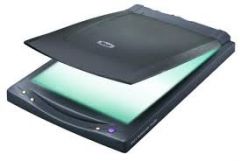
|
|
|
Speakers: An output device that allows sound to come from your computer. |

|
|
|
Hardware: The physical parts of your computer. |
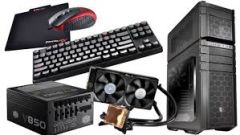
|
|
|
Software: The applications that make your computer work. |
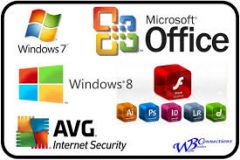
|
|
|
Hard Drive: Where the programs are stored on your computer. |
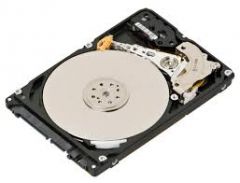
|
|
|
Network: A set of computers connected together for the purpose of sharing resources. |
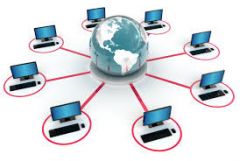
|
|
|
Internet: a global system of interconnected computer networks that link several billion devices worldwide. (The world wide web) |
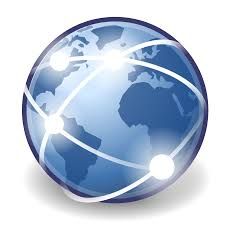
|
|
|
PLN: Personal Learning Network. |
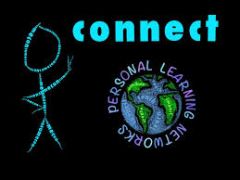
|
|
|
URL: Uniform Resource Locator: AKA web address. |

|
|
|
Web Browser: The software that allows you to get on the internet. EX: Explorer, Chrome, or Firefox. |
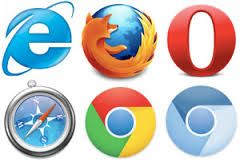
|
|
|
Search Engine: The program that searches the internet for you. EX: Yahoo, Google, Bing. |
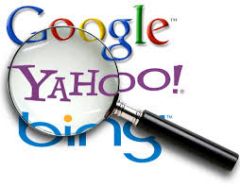
|
|
|
Applications: A computer program with an interface, enabling people to use the computer as a tool to accomplish a specific task. |
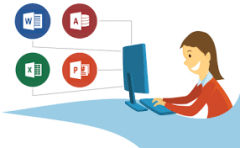
|
|
|
AUP Acceptable Use Policy: what you can and cannot do on a computer at school or work. |

|
|
|
Netiquette: How to act when online. |
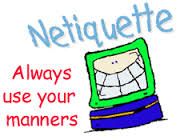
|
|
|
Copyright Law: A legal right created by the law of a country, that grants the creator of an original work exclusive rights to its use and distribution. |
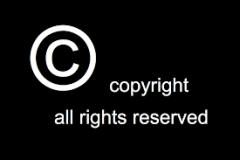
|
|
|
Fair Use: The doctrine that brief excerpts of copyright material may, under certain circumstances be used without permission of the copyright owner. |
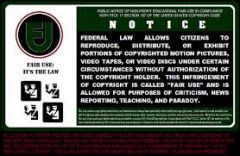
|
|
|
Cursor: a movable indicator on a computer screen identifying the point that will be affected by input from the user. |
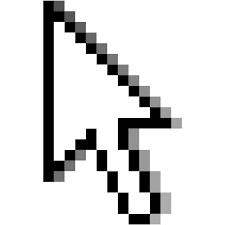
|
|
|
Cyberbulling: The use of electronic devices and social media to harass, threaten or intimidate someone. |
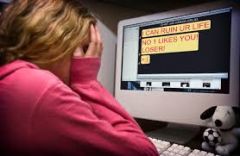
|
|
|
Format: The way in which something is arranged or set out. |

|
|
|
Intellectual Property: A work or invention that is the result of creativity, can be copyright protected. |
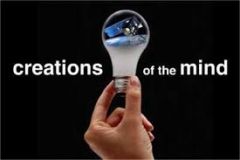
|
|
|
Landscape: When a page is printed wider than it is high. |
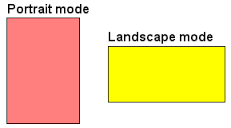
|
|
|
Portrait: When a page is printed higher than it is wide. |

|
|
|
Public Domain: The state of belonging or being available to the public as a whole, and therefore not subject to copyright. |

|
|
|
Server: A computer or computer program that manages access to a centralized resource or service in anetwork. |
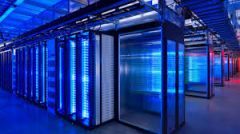
|
|
|
Operating System: The software every computer needs in order to operate. |
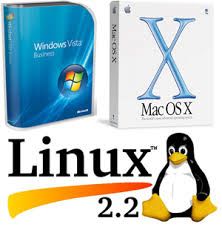
|
|
|
RAM Random Access Memory: easily changed. |
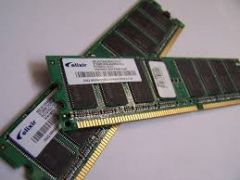
|
|
|
ROM Read Only Memory: not easily changed. |
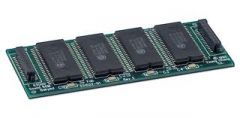
|
|
|
Blog: A web log to share your thoughts. |

|
|
|
RSS Feed: a web feed that brings news to you. |

|
|
|
Wiki: a website that allows collaboration like wikipedia. |

|
|
|
Podcast: a digital audio file available on the internet. |
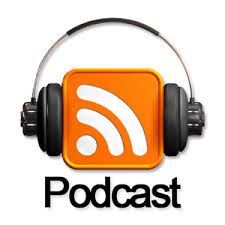
|
|
|
IM: an instant message sent to or from a friend. |
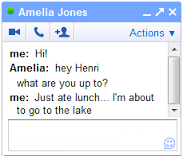
|
|
|
Chat Room: a place online where multiple people can meet virtually and talk to each other in real time. |
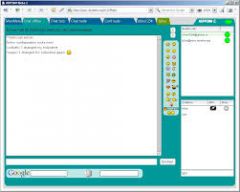
|
|
|
Anonymous: unidentified. |

|
|
|
Computer: an electronic device that manipulates information or data. |

|
|
|
"The Cloud": a place on the internet to store information. |
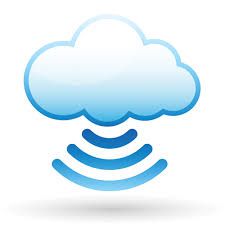
|
|
|
Internet Service Provider: a company like Sprint, AT&T and Comcast that provide a way for you to access the internet. |
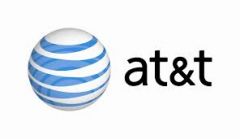
|
|
|
Plagiarism: Using someone else's words as your own. |
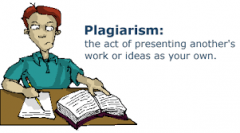
|
|
|
Ergonomics: the science of equipment design and how specific usage and placement can reduce comfort and increase productivity. |
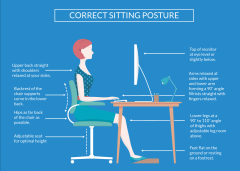
|
|
|
Input device: a peripheral device that puts data into the computer. |
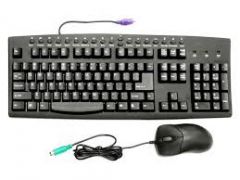
|
|
|
Output device: a peripheral device that gets data out of the computer. |

|
|
|
Peripheral: any device plugged in to the computer. |

|
|
|
Malware: a type of software designed to damage your computer. |
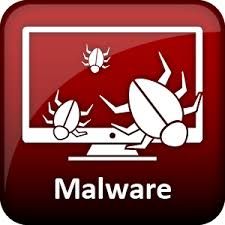
|

